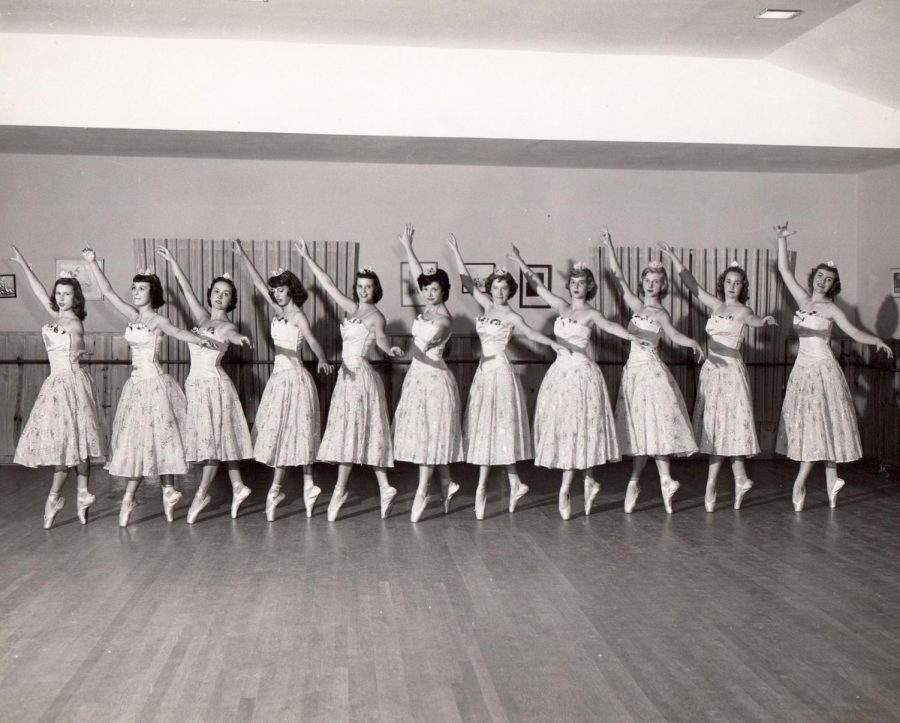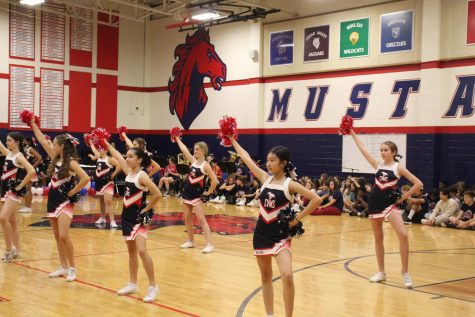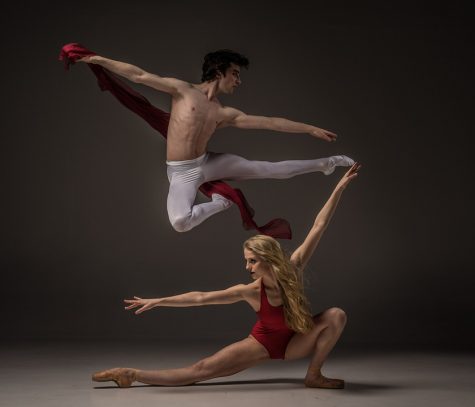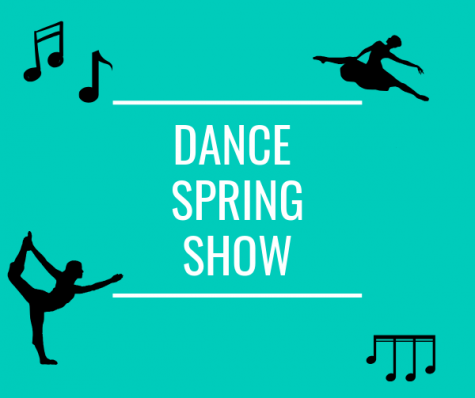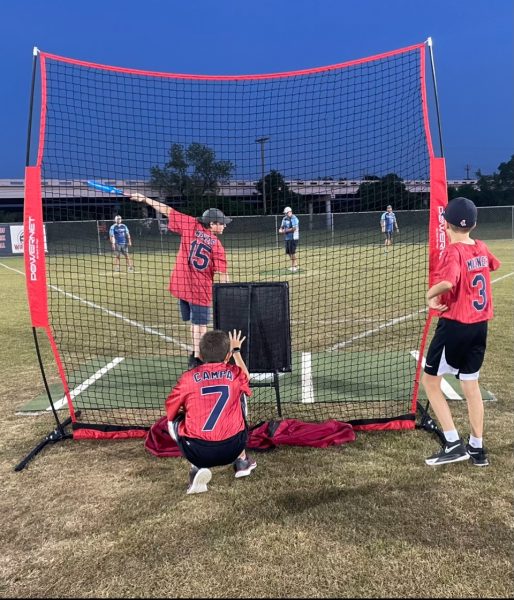Pointe Shoes: What No One Tells You
Though every ballet dancer knows the look and general feel of a pointe shoe, there are certain things that one doesn’t learn until they are truly “en pointe” themselves.
Nutcracker season is upon us, and ballet dancers everywhere are rushing to buy new pointe shoes in hopes of looking their best on stage. Pointe shoes are a staple in the ballet world and have been used since the early 1800s to help dancers look light and airy on stage. Even dancers who don’t yet have pointe shoes of their own know the excitement (and pain), that comes with every new, crisp pair. Though every ballet dancer knows the look and general feel of a pointe shoe, there are certain things that one doesn’t learn until they are truly “en pointe” themselves.
How pointe shoes should really feel
From a young age, dancers are taught that pointe shoes should be painful and that instead of being concerned dancers should embrace this pain. However, not all pain is good and sometimes it means that you’re not wearing the right pointe shoes.
When you first put on a pointe shoe, it should be stiff and somewhat tight, because over time as you break in your pointe shoe it will loosen and form to fit your foot. An already loose pointe shoe will rub on your foot as you go onto pointe, and all your weight will end up on your big toe; aka ultimate pain. While on the opposite end of the spectrum, a too tight or too tapered shoe won’t support your full foot, smushing your toes together and leaving them no room to move. These reasons are why dance teachers will often require their presence when buying a different type of pointe shoe, and also why pointe shoe fitters ask you “Does it feel snug?”
After a few years on pointe, dancers start to get a feel for how they like their pointe shoes to fit them, as each person’s foot is different. For me, a correctly fitting shoe feels snug at the ankle and a little tight at the toes when on flat, and slightly compresses my toes when I’m on pointe. Professional dancers often say that a pointe shoe should feel like an extension of your foot, that after some time you should be able to get up onto point without thinking about it and without too much work.
Zombie pointe shoes
It’s easy to tell when pointe shoes need to be broken in, however, it is often hard to tell when a pointe shoe is dead. The line between broken in and dead is easily blurred, and the lifespan of a pointe shoe varies from dancer to dancer. When your pointe shoes are dead is something a dancer has to figure out on their own, but there are a few tell-tale signs that your pointe shoes are dead.
If your shoe becomes thin and pliable this is an early sign that your pointe shoe is dying. Pointe shoes are meant to grip your foot and support you as you go onto pointe, and pliable thin shoes mean the pointe is weakening in grip and starting that loosening process. Pointe shoes become dead when the materials and adhesive holding the shoe together start to deteriorate, whether from sweat or general use. This is why every dancer’s shoe dies at different rates.
When the shank (the long arched wood along the sole of the shoe), and box (the part of the shoe that holds your toes), no longer supports your foot it usually means your shoe is dead. When breaking in pointe shoes, dancers try to loosen these parts of the shoe, however, when they become too loose it becomes much harder to get onto pointe and it is strenuous on the feet. This often feels like dancing in flats and makes dancers more prone to slipping and falling off of pointe.
Toe pads and toe tape
In the past, dancers would dance in pointe shoes raw, maybe with a couple of bandages here there. Now, however, people have realized that giving dancers more support and padding is better for the feet and pointe shoes as well. Brands have come out with all sorts of fun goodies intended to give dancers more ease on pointe. Though the most commonly used of these gadgets are toe pads and toe tape.
Almost all dancers use toe pads when dancing in pointe which makes it so surprising that just a few decades ago no one manufactured them. Due to how new toe pads are compared to how long pointe shoes have been used, no one considers the different brands and style options open to dancers. Most just buy the first set of toe pads they are given, believing they are lucky to have them at all. However, if you do some research and ask around, you’ll find that there are a plethora of unique and innovative toe pads and that just as there isn’t one perfect pointe shoe there isn’t just one perfect toe pad. There are toe pads for almost everything, from blister protection to big-toe pain and once you find the right toe pad for you, you won’t be able to imagine dancing without it.
Toe tape is another great product that many dancers have found to be incredibly useful, and it seems that every dancer has a unique and equally brutal story of how they found out about toe tape. Toe tape or medical tape is pliable adhesive fabric tape, thin enough to be cut to fit around the toe or foot while prohibiting and protecting feet from blisters. When many dancers start on pointe, they have this idea that you must dance raw in your pointe shoes, and while you can, after hours of dancing a little toe tape never hurt anyone.
Whether it’s your first year on pointe or your fifteenth, the joy of dancing en pointe never goes away. The art of pointe is changing every day, and there is always something new and exciting to learn. These are only a few of the things I learned whilst on pointe, and the list could honestly go on forever. There is something so mystifying and adrenalin rushing about dancing in pointe shoes that keeps dancers bourring back for more.

Hi, I'm Arden! I'm an 8th grader here at Canyon Vista Middle School. In my free time (when I'm not struggling to meet an assignment deadline), I'm usually...
















